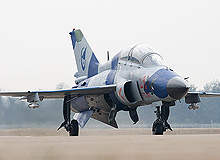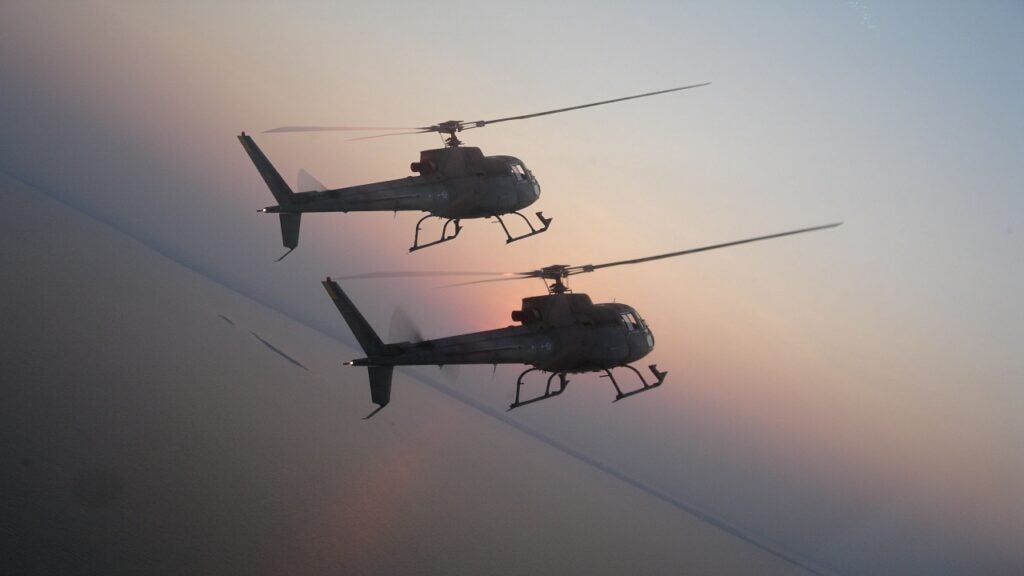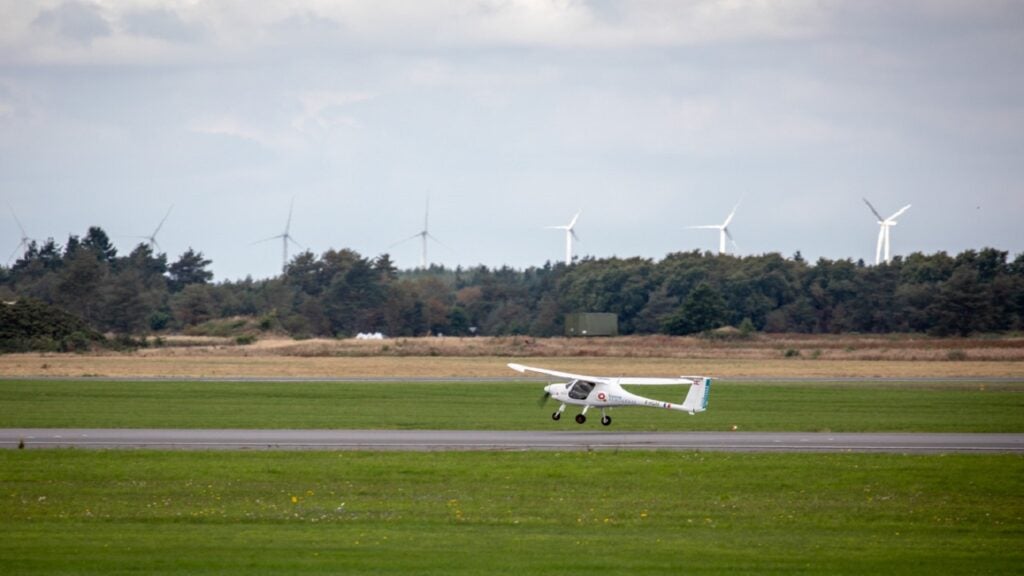
JianLian-9 (JL-9) is an advance trainer or light attack aircraft designed and manufactured by the Guizhou Aircraft Industry Corporation (GAIC) of China. The aircraft was designed for the People’s Liberation Army Air Force (PLAAF) and the People’s Liberation Army Naval Air Force (PLANAF).
Its export version is designated as FTC-2000 (Fighter Trainer-2000) Mountain Eagle (Shanying). The JL-9 was derived from its forerunner, the JJ-7 jet trainer.
JL-9 design and features
The JL-9 was designed by modifying the JJ-7 aircraft. The modifications included redesigning the forward fuselage and incorporating an FIAR Grifo S7 pulse-doppler fire-control radar in the solid nose radome. It was designed to carry either three drop tanks of 480l capacity or two 480l and one 720l capacity drop tanks under the wings and fuselage. It can hover with a flight envelope of +8g and -3g.
The aircraft features an in-flight refuelling probe on the starboard side of the front fuselage section to accomplish air refuelling missions even in the worst climatic conditions. It is fitted with double-delta wings to render additional space for fuel capacity and raise the aircraft’s angle of attack.
JL-9 development
The JL-9 was built to suit the desperate requirements of the PLAAF for a new trainer aircraft to match its new generation fighters in aerodynamic performance and avionics suite. The aircraft is being used to train pilots flying fourth-generation aircraft such as Chengdu J-10, Sukhoi Su-27SK, Sukhoi Su-30MKK and Shenyang J-11.
The intention to develop the JL-9 was unveiled by GAIC during the China International Aviation & Aerospace Exhibition held in 2001. To reduce development costs and time, GAIC built the JL-9 by modifying the JJ-7 aircraft, which was derived from the Soviet MiG-21U Mongol fighter trainer.
The first JL-9 prototype took its maiden flight in December 2003. The aircraft was listed in the PLAAF’s 11th five-year procurement plan in June 2005, according to Chinese newspapers. A total of five production JL-9s entered service with PLAAF in 2006.
An advanced version of the JL-9 equipped with a stability control augmentation system and a microwave landing system was examined in 2006. On completion of technology certification testing in September 2006, it entered into series production for PLAAF and PLANAF. Another version of the aircraft, incorporated with a tail hook, underwent flight testing in January 2011.
Cockpit
The JL-9 features an all digital cockpit enclosed with an oval-shaped glass canopy, which opens to the right side. The aircraft can conciliate a two-man crew in tandem-seat configuration to render better visibility.
The cockpit is equipped with three XPS-2 multifunctional displays, a head-up display, a radar warning receiver, electronic countermeasures and an electronic flight instrumentation system. Other features include a 1553B MILSTD databus, an inertial navigation system, a global positioning system and an air data computer.
Armaments
The JL-9 is armed with one Type 23-1 23mm single barrel cannon, which can fire munitions at a rate of 800 rounds per minute. The muzzle velocity is 690m per second and the weight of the gun is 39kg.
The aircraft boasts five hardpoints, four under the wings and one under the centreline fuselage section. It can carry up to 2,000kg of payload including short range and medium range air to air missiles, air to ground missiles, unguided bombs and rocket pods.
Engines
The JL-9 is powered by a single WP-13F (C) afterburning turbojet engine rated at 44.1kN of dry thrust. The thrust afterburner of the engine is 66.7kN. The WP-13F (C) is designed and built by Liming Aircraft Engine Company of China. GAIC is planning to incorporate more efficient Liming WP-14C Kunlun-3 turbojet engine in the JL-9 in future.
Performance of the JL-9
The JL-9 can climb at a rate of 260m per second. The maximum and cruise speed of the aircraft are 2,450km per hour and 1,960km per hour, respectively. The range is 2,500km and the service ceiling is 16,000m.
The Global Military Aircraft Market 2011-2021
This project forms part of our recent analysis and forecasts of the global military aircraft market available from our business information platform Strategic Defence Intelligence. For more information click here or contact us at: EMEA: +44 20 7936 6783; Americas: +1 415 439 4914; Asia Pacific: +61 2 9947 9709 or via email.




